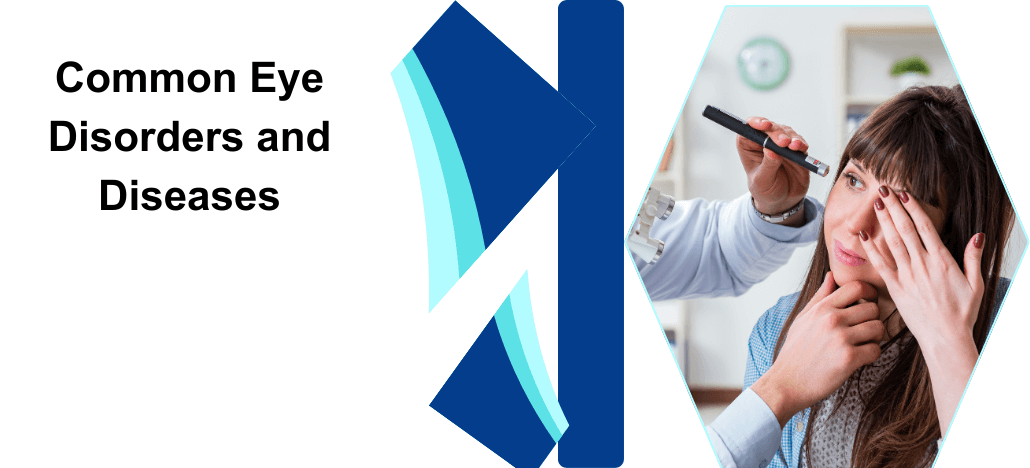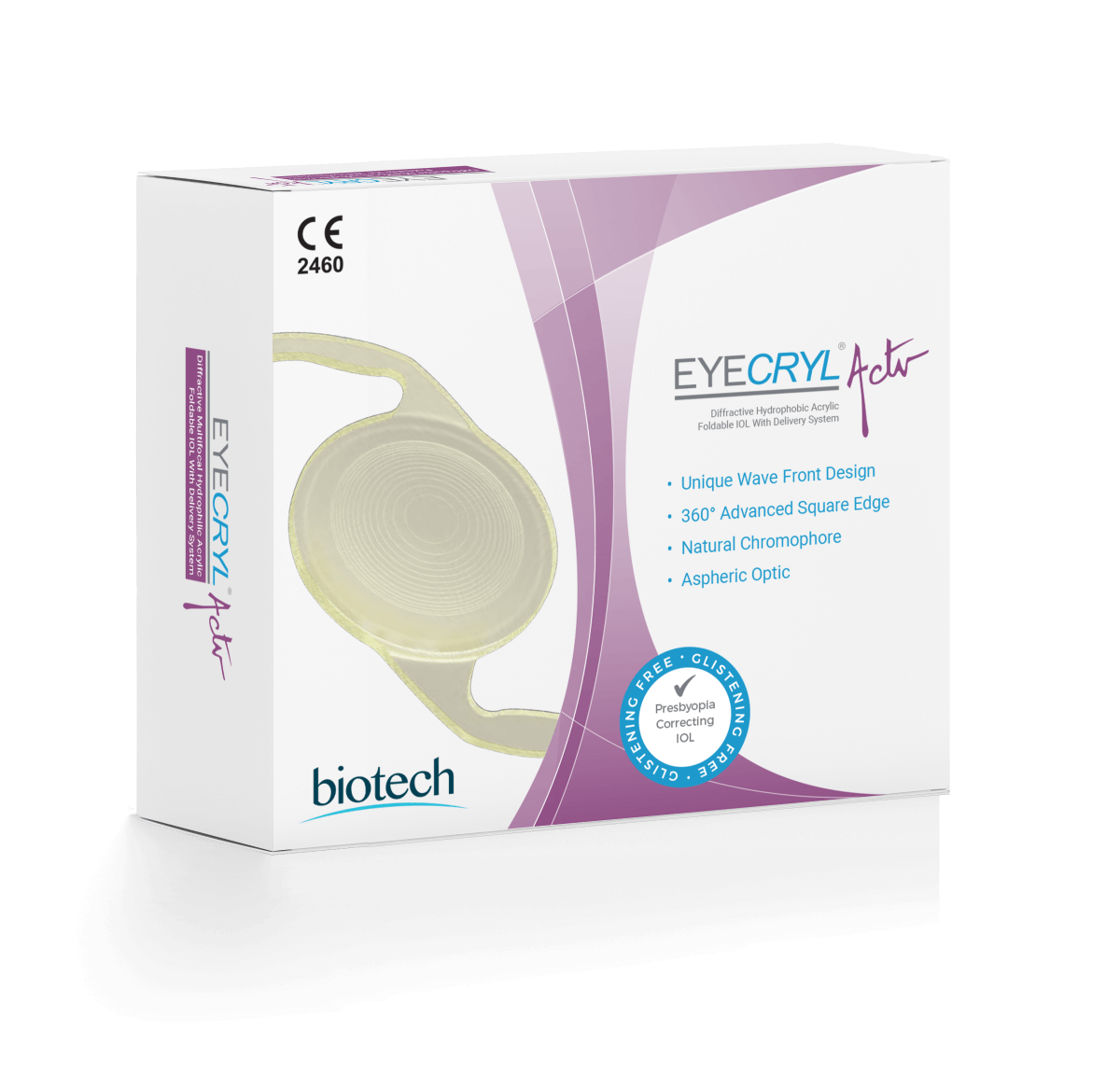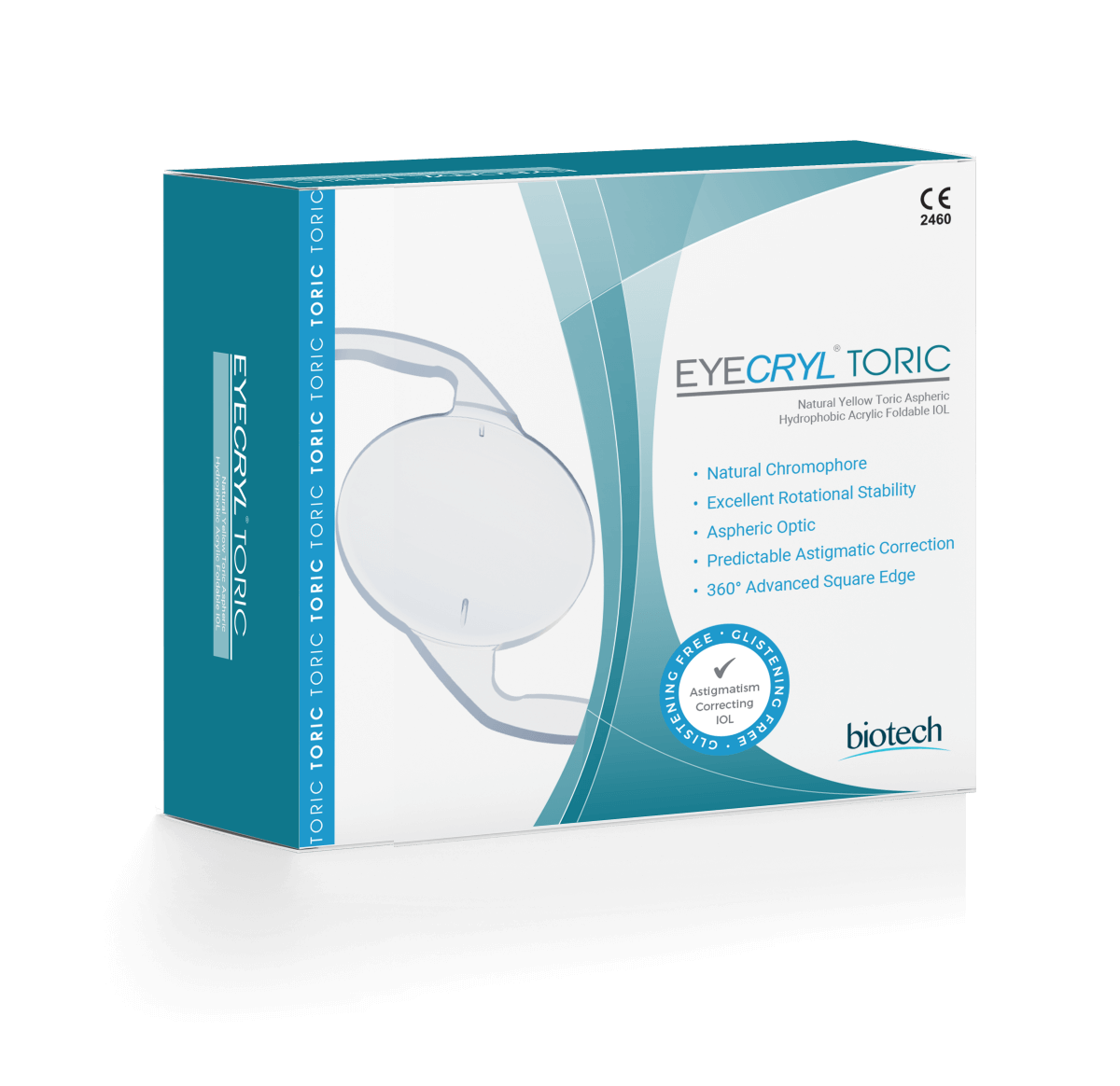
Common Eye Disorders and Diseases
Eye diseases and eye conditions are widespread and can affect people of all ages. Common eye problems like cataracts, glaucoma, macular degeneration, and diabetic retinopathy are significant causes of vision loss globally. These eye diseases often involve issues with blood vessels in the eyes and can severely impact eye health if not treated promptly. Regular eye exams are crucial for early detection and management of these eye conditions, helping to preserve vision and maintain overall eye health. Eye care practices, including protection from UV light and managing chronic conditions like diabetes, play a vital role in preventing and managing common eye diseases.
What is Common Eyes Diseases?
Common eye diseases include a variety of eye conditions that affect the eyes and vision, often involving damage to the blood vessels or other critical eye structures. Conditions such as macular degeneration, cataracts, glaucoma, and diabetic retinopathy are prevalent among older adults and can lead to significant vision impairment. These diseases can cause symptoms ranging from blurry vision and difficulty seeing at night to complete vision loss. Eye care professionals emphasize the importance of regular eye exams to detect these diseases early and initiate appropriate treatments to maintain eye health and prevent complications.
Refractive Errors
Refractive errors are among the most common eye conditions, affecting the clarity of vision due to an imperfect shape of the eye. Myopia (nearsightedness), hyperopia (farsightedness), and astigmatism are the main types of refractive errors. These conditions occur when the eye cannot focus light directly on the retina, resulting in blurred vision. Regular eye exams are essential for diagnosing and correcting refractive errors with glasses, contact lenses, or refractive surgery. Addressing these common eye problems is crucial for maintaining good eye health and preventing further vision deterioration.
Cataracts
Cataracts are a leading cause of vision impairment, especially in the elderly. This eye condition involves the clouding of the eye’s lens, which obstructs light from passing through to the retina, leading to blurred vision. Cataracts develop gradually and can affect one or both eyes. Symptoms include blurry vision, difficulty with bright lights, and seeing halos around lights. Regular eye exams can detect cataracts early, and the standard treatment is surgical removal of the cloudy lens, replaced with an artificial one. This surgery is one of the most common and effective procedures, significantly improving eye health and quality of life for those affected.
Glaucoma
Glaucoma is a group of eye diseases characterized by damage to the optic nerve, often due to increased intraocular pressure. It is a leading cause of blindness and can develop silently without noticeable symptoms. Glaucoma affects the blood vessels in the eyes, which can lead to severe vision loss if not treated promptly. Regular eye exams are vital for early detection, as glaucoma can be managed with medications, laser treatments, or surgery to lower eye pressure and protect vision. Eye care professionals stress the importance of routine checkups to detect and treat glaucoma before significant damage occurs.
Macular Degeneration
Age related macular degeneration (AMD) is a common eye disease affecting the macula, the central part of the retina responsible for detailed vision. AMD is a major cause of vision loss in older adults and can severely impact daily activities such as reading and driving. The disease is categorized into dry and wet types, with dry AMD being more common and progressing slowly, while wet AMD involves abnormal blood vessel growth and can lead to rapid vision loss. Regular eye exams are critical for detecting AMD early.
Diabetic Retinopathy
Diabetic retinopathy is a severe eye condition that affects individuals with diabetes, caused by damage to the blood vessels in the retina due to high blood sugar levels. This condition can lead to vision problems and, if untreated, severe vision loss. Symptoms include blurred vision, floaters, and difficulty seeing colors. Regular eye exams are essential for detecting diabetic retinopathy early. Treatment options include laser surgery, injections, and vitrectomy to repair damaged blood vessels and prevent further vision loss. Managing diabetes effectively is crucial for preventing this common eye problem and maintaining overall eye health.
Retinal Disorders
Retinal disorders encompass a range of conditions that affect the retina, the light-sensitive layer at the back of the eye. These include macular degeneration, diabetic retinopathy, and retinal detachment, which can lead to significant vision loss if not treated promptly. Retinal detachment, for instance, is a serious condition where the retina separates from its underlying tissue, often requiring surgical intervention. Regular eye exams are critical for detecting retinal disorders early. Treatments vary depending on the specific condition but may include laser therapy, injections, and surgery to preserve vision and maintain eye health.
Dry Eye Syndrome
Dry eye syndrome is a common eye condition that occurs when the eyes do not produce enough tears or the tears evaporate too quickly, leading to discomfort, redness, and a gritty sensation. Factors contributing to dry eye include aging, environmental conditions, and prolonged screen time. Regular eye exams can help diagnose the underlying causes of dry eye and guide effective treatment options, such as artificial tears, prescription medications, and lifestyle changes. Maintaining good eye health through proper hydration and eye care practices can help alleviate the symptoms of dry eye syndrome.
Eye Infections
Eye infections are common eye problems that can affect different parts of the eye, including the conjunctiva, cornea, and eyelids. These infections, caused by bacteria, viruses, or fungi, can lead to symptoms like redness, pain, discharge, and blurred vision. Common eye infections include conjunctivitis (pink eye), keratitis, and blepharitis. Eye infections require prompt medical attention to prevent complications and ensure proper treatment. Regular eye exams and good hygiene practices are essential for preventing and managing these infections, ensuring better eye health and reducing the risk of serious eye conditions.
Uveitis
Uveitis is an inflammation of the uvea, the middle layer of the eye that contains many of the eye’s blood vessels. This eye condition can cause eye pain, redness, blurred vision, and sensitivity to light. Uveitis can be caused by infections, autoimmune disorders, or trauma and requires prompt treatment to prevent complications such as glaucoma, cataracts, and permanent vision loss. Regular eye exams are crucial for detecting uveitis early and managing symptoms effectively. Treatment typically involves corticosteroids and other medications to reduce inflammation and protect eye health.
How to Have a Regular Eye Checkup?
Regular eye exams are essential for maintaining eye health and preventing common eye diseases. These exams typically involve a series of tests to evaluate vision, check for eye conditions, and assess the health of the blood vessels in the eyes. Eye care professionals recommend having an eye exam at least once a year, especially for individuals over 40 or those with a family history of eye diseases. Regular checkups help detect problems early, allowing for timely treatment and better outcomes for eye health. Ensuring regular eye exams is a key step in preserving vision and preventing serious eye conditions.
Things You Should Do to Take Care of Eye Health
Maintaining good eye health requires regular eye care practices and healthy lifestyle choices. Important steps include getting regular eye exams, wearing sunglasses to protect eyes from UV light, and eating a balanced diet rich in vitamins and minerals that support eye health. Managing chronic conditions like diabetes, avoiding smoking, and reducing screen time can also help prevent common eye diseases. Practicing good hygiene and avoiding excessive rubbing of the eyes are essential for preventing infections. By following these guidelines, individuals can maintain healthy vision and reduce the risk of developing serious eye conditions.
Our Bestsellers
Categories
Company
Media
Follow Us
© Copyright Biotech /Terms Of Use - Privacy Policy
Version 2_CT_1212222



